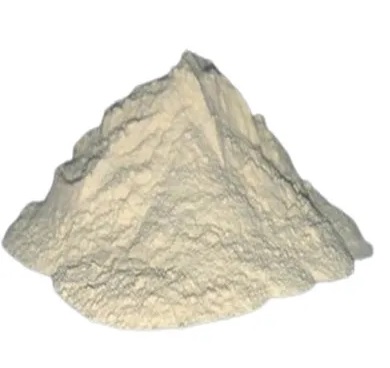
The global market for rheumatoid arthritis treatments is expected to grow at a CAGR of...
Learn More
Our consulting solutions address company specific challenges with respect to micro environment...
Learn More
Organizations frequently need day-today research guidancein order to gain strategic...
Learn More
Exploring different areas of market research and market analysis is a key factor...
Learn MoreAcute Market Reports presents the most extensive global business research services across industries. Our research studies focus on potential outcomes, benefits, and risks associated with each market segment across geographies. Having served our global clients for more than 10 years, our prime priority is to enable our clients in making well-informed business decisions through a data-driven, analytical, and uncomplicated research approach.
We provide access to the world's most comprehensive, analytical, and updated business intelligence services and solutions.




The global phosphatidylcholine market is expected to grow at a CAGR of 5.8% during the forecast period of 2025 to 2033. Phosphatidylcholine , a major component of biological membranes, is a class of phospholipids that incorporates choline as a headgr...
Read More
The road safety system market is expected to grow at a CAGR of 12% during the forecast period of 2025 to 2033, road safety system market plays a pivotal role in ensuring the safety of motorists, pedestrians, and other road users. It encompasses a ran...
Read More
The algae fats market is expected to experience a CAGR of 7.2% during the forecast period of 2025 to 2033. Algae fats are derived from different species of algae and offer several health benefits along with their versatile applications. Algae fats ar...
Read More




